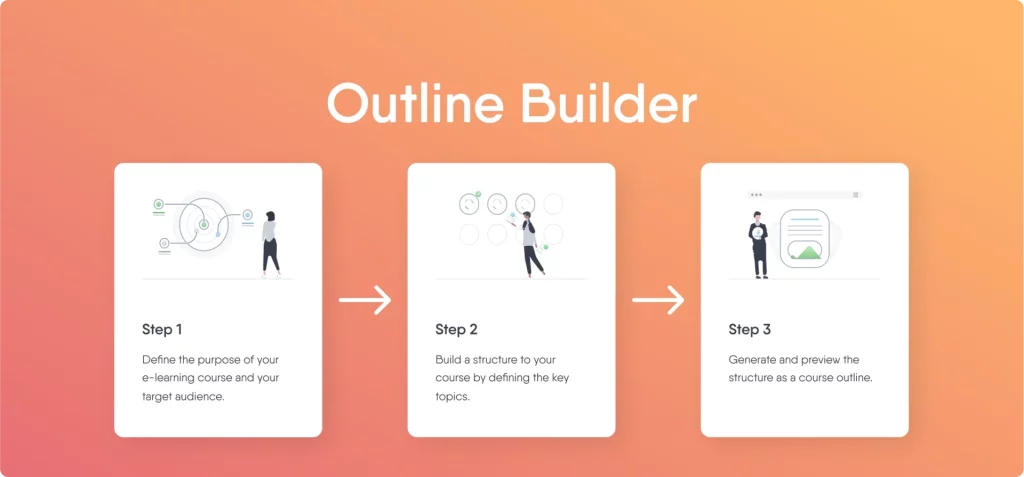11 Insider tips to increase e-learning engagement - Part 1
No matter how sophisticated your e-learning tool, or how important the information you’re sharing – unless you’re able to engage your learners and make your content stick, you’re bound to be wasting your resources.

Creating engaging courses can be fun, but it isn’t always easy. After all, the synopsis and look of your training package need to make employees curious enough to get them started.
You then need to engage them throughout, and by the end of the course make sure they’ve completed the cycle by having achieved all key learning outcomes.
In part 1 of this two-part series on developing e-learning, we’ll highlight six insider tips to help you structure your course in a way that makes it as engaging as possible. In part 2, we’ll then look at the very cornerstone for creating successful e-learning outcomes – content which is informative, interactive and visual.
Tip #1: Keep your learners in mind
Never lose sight that your e-learning course is for your learners, be it to gain a required certification or to broaden their skillset. Your learners’ needs should extend beyond the content itself, to the learning objectives and even the tools you use to create and share your course.
Does the content match their level of experience? Is it useful and relevant to them? Is this platform suitable for the way my learners will access the course?
Tip #2: Carefully structure your content
Not even the most motivated employee wants to sit through an endlessly tedious course. So, making your content as short and to-the-point as possible seems like an obvious place to start.
Always begin by outlining the learning objectives first. Not only will this focus your own mind while you develop the training, but it will also avoid any future ambiguity among your learners as to why the information is important.
Be tough and ask yourself for each piece of extra knowledge you include: ‘Is this really adding value?’. Also, help your employees by making a clear distinction between ‘need to know’ and the ‘good to know’ content.
Tip #3: Make optimal use of page design
Once you’re confident your structure achieves the learning objectives in the clearest possible way, you’re ready to start designing your course.
Our advice is to choose a minimalist, non-cluttered and no-frills design – one which allows clear headings that are easily distinguished from the rest of your copy.
Remember that the cleaner the layout, the more likely your learners will be pulled towards your content.
Tip #4: Make it interactive
When developing e-learning it is somewhat inevitable that employees will absorb most of your content passively. In other words, they’ll receive information which they’ll then internalize, but without further feedback from you as the instructor.
To move learners away from this purely spectating role, you should use plenty of interactive elements such as drag-and-drop behaviors, trigger-based actions or scenario-based assessments.
This interactivity will demand an active response from your workers before they can proceed, making sure they’re kept fully immersed in the content.
Tip #5: Integrate mobile learning
With mobile devices now accounting for more than half of all global internet traffic, it is clear that phones have completely integrated themselves into our personal and professional lives.
Needless to say, you should, therefore, choose a course design which is responsive and allows compatibility across all devices.
Remember also that mobiles are great for delivering just-in-time educational support – particularly when using microlearning modules that convey a single topic in small nuggets.
Tip #6: Don’t forget assessments
Linking in with our earlier tip about interactivity, assessments are vital if you want to find out whether learners have achieved your learning objectives.
They also provide valuable information about how well employees have retained the information and how they’ve responded to the course.
Also, by replacing the traditional question and answer test with more innovative assessments such as hotspots or branching scenarios, you can add an additional level of interactivity which is bound to keep your e-learning participants engaged.
Your learners’ assessment results can also indicate the effectiveness of your course. If there is one question that everyone gets incorrect, then there may be something with the way the question is worded or how you share that knowledge.


